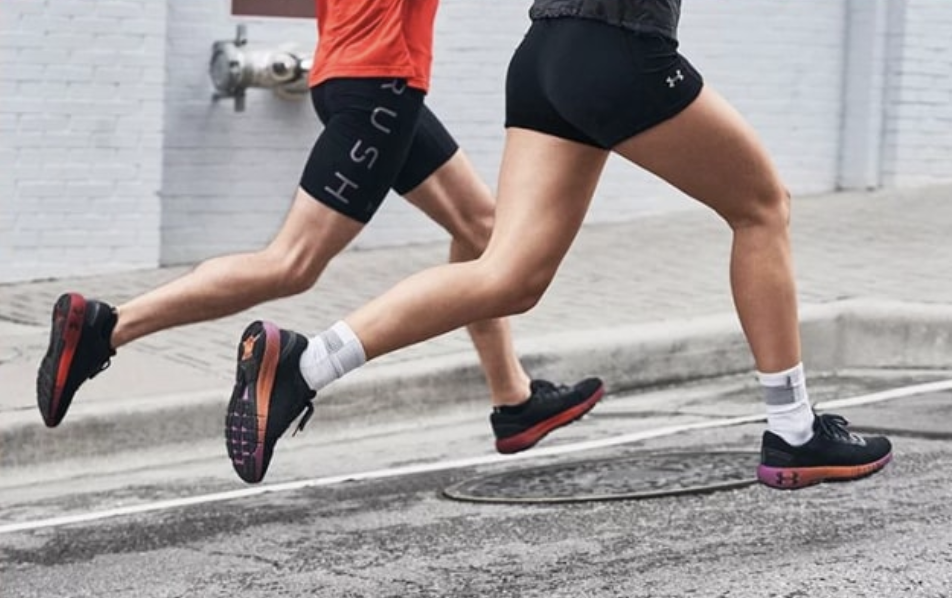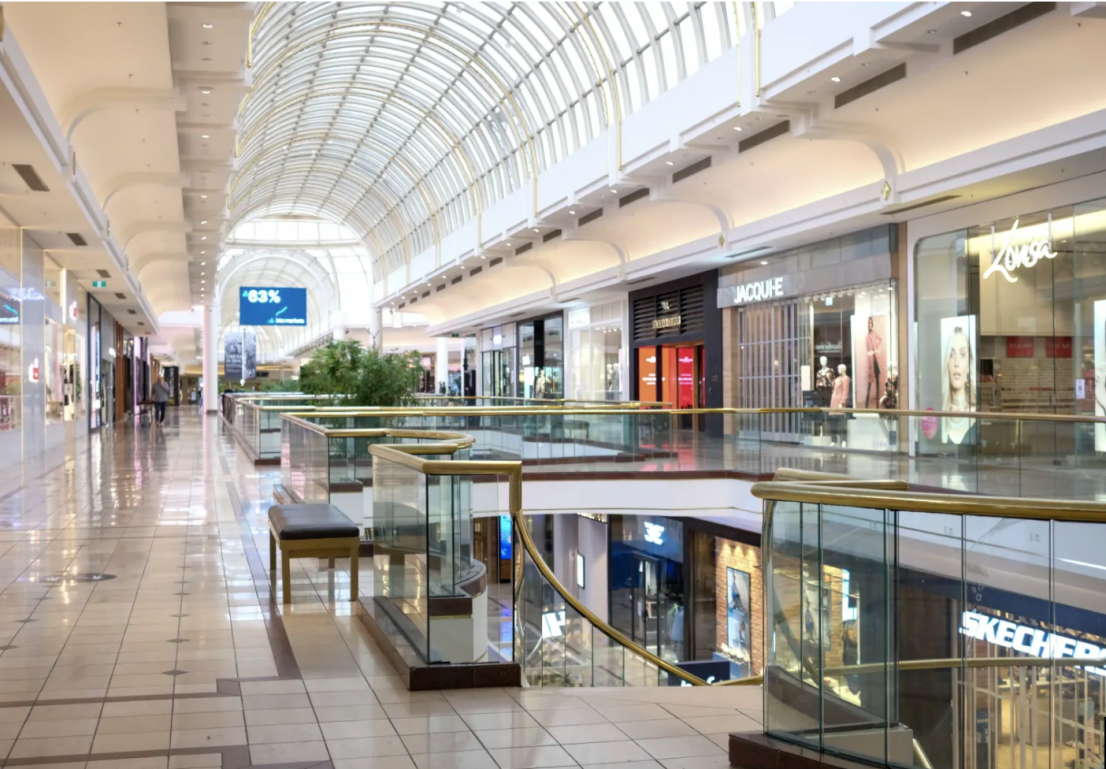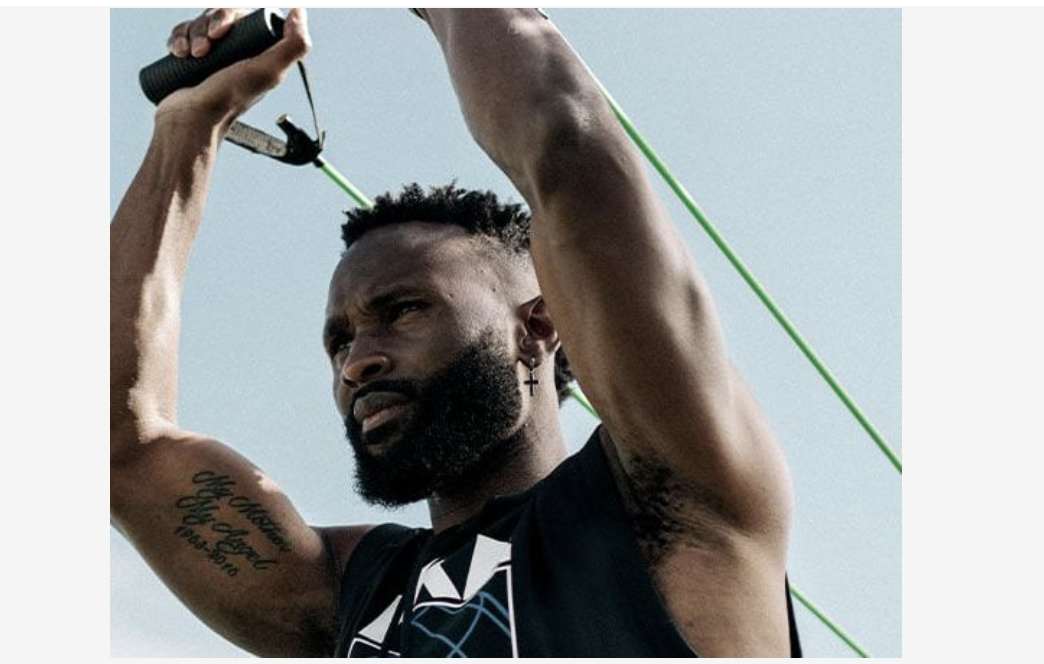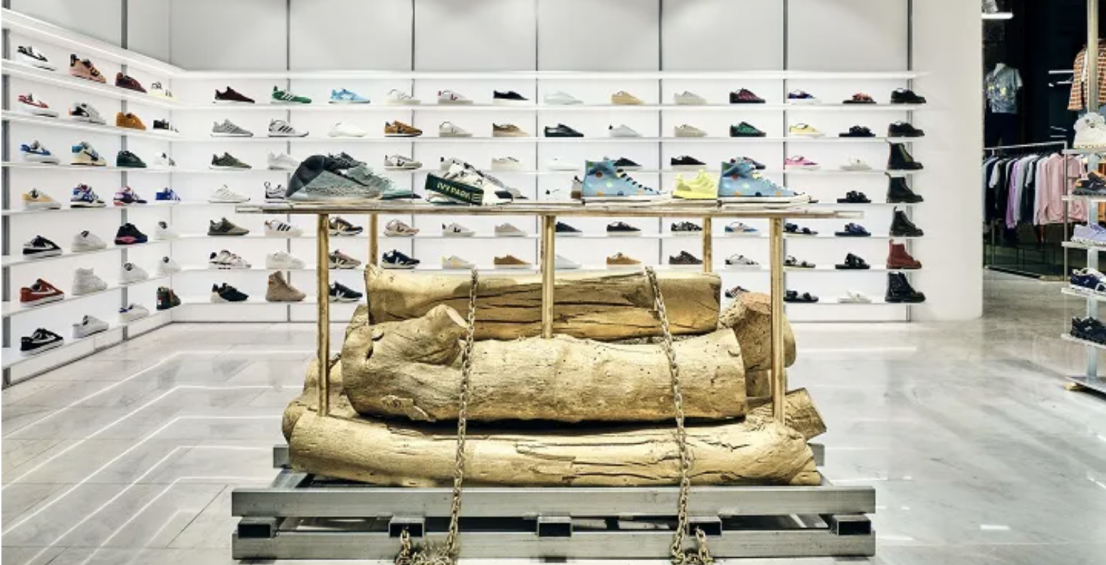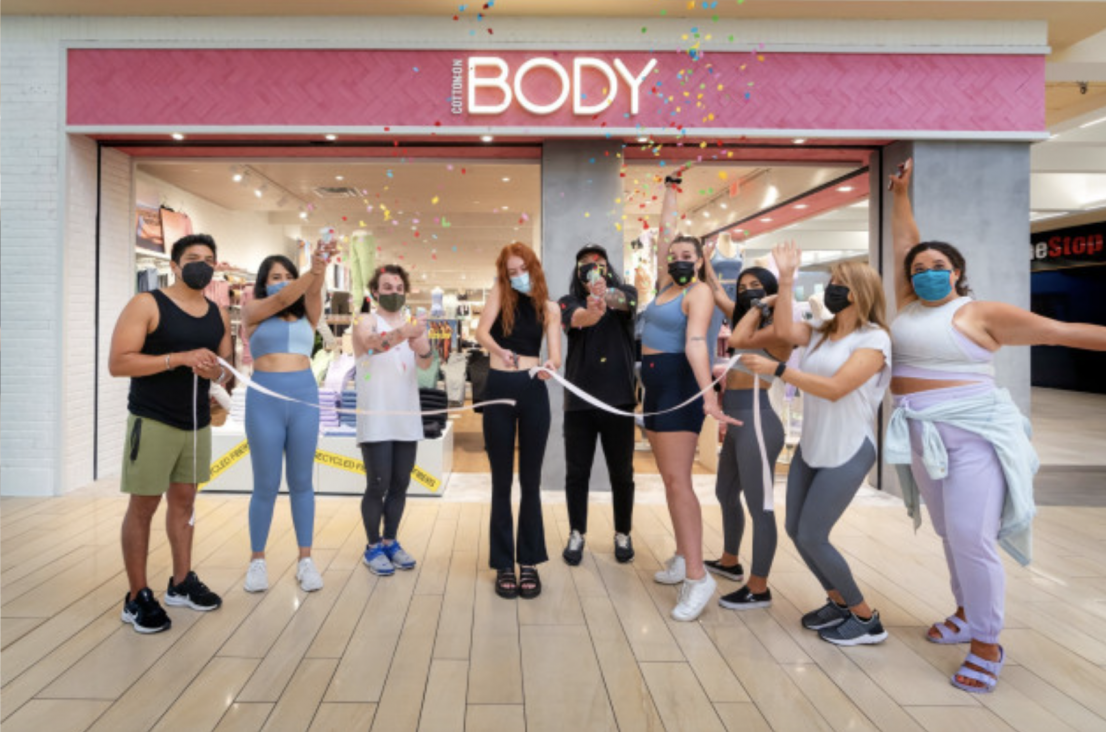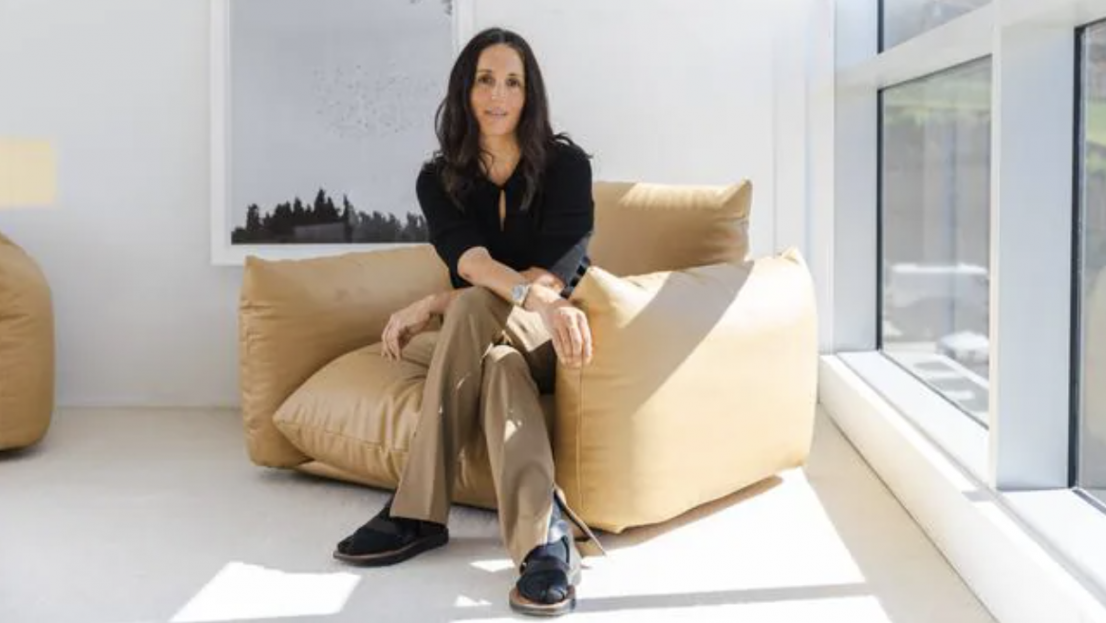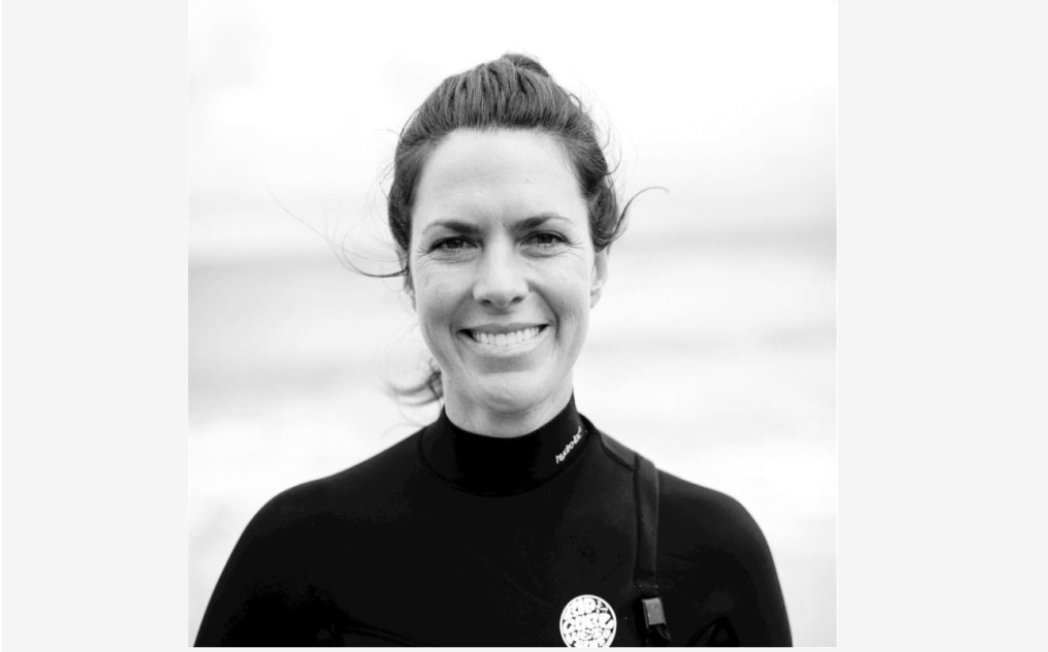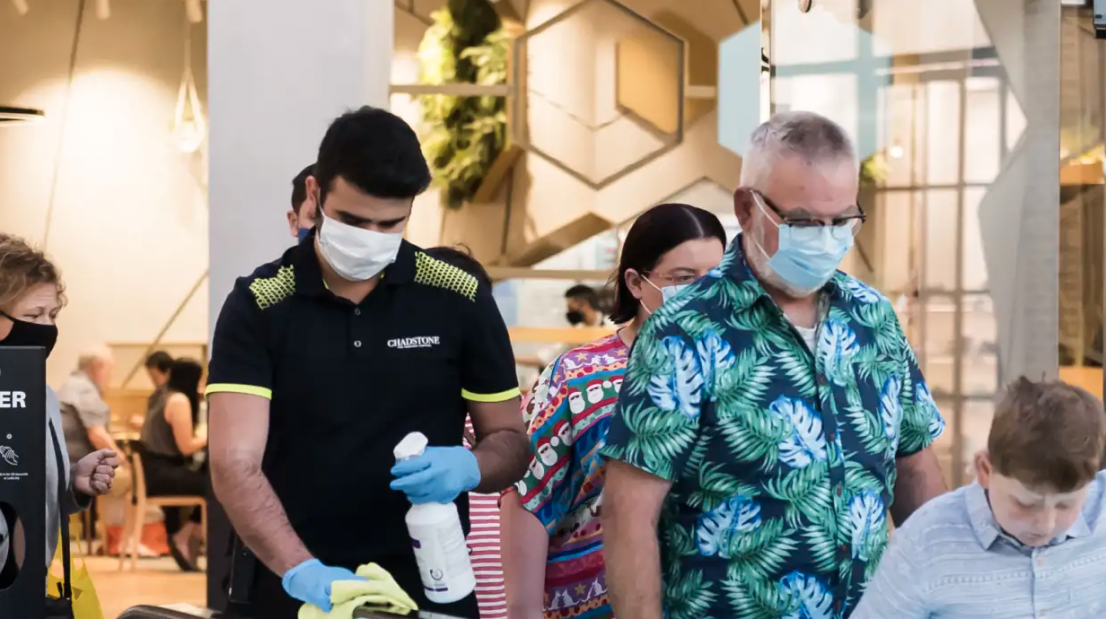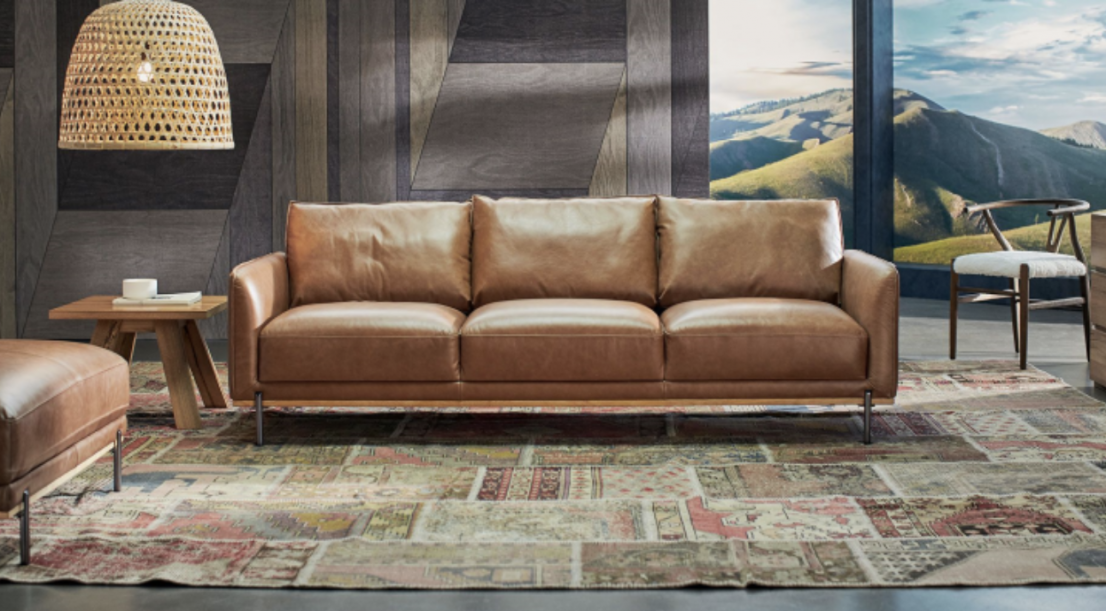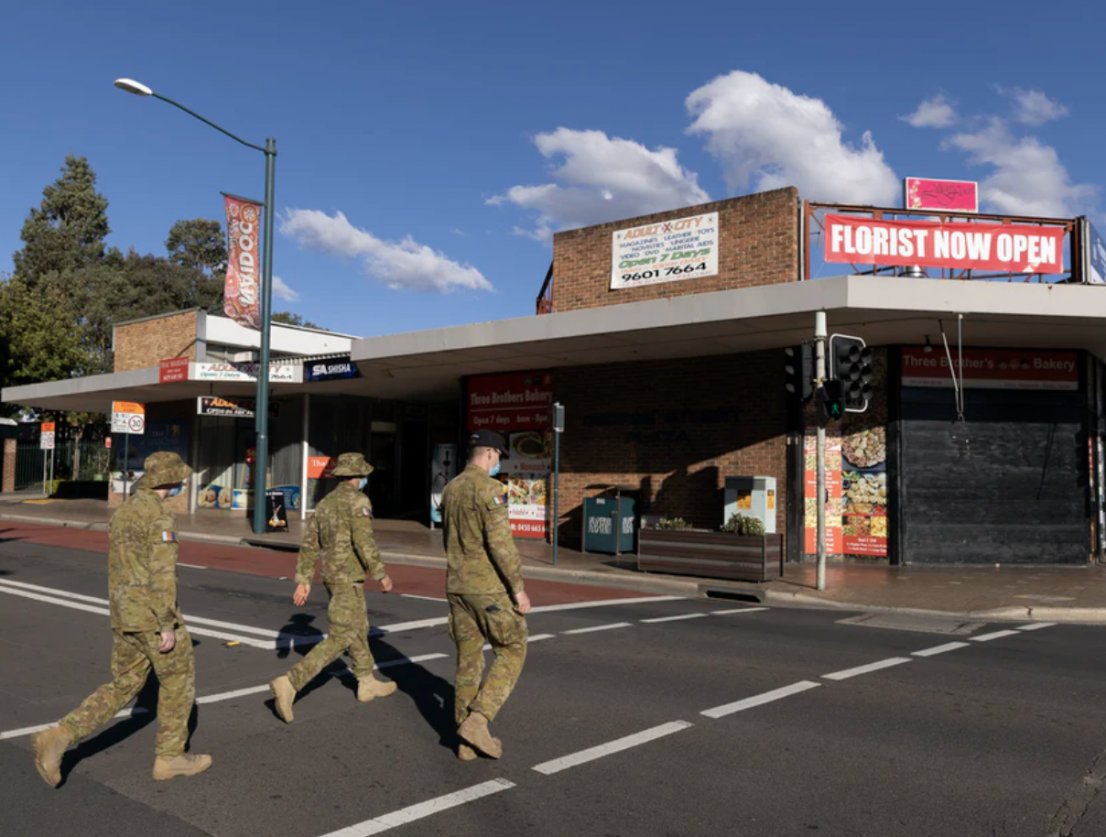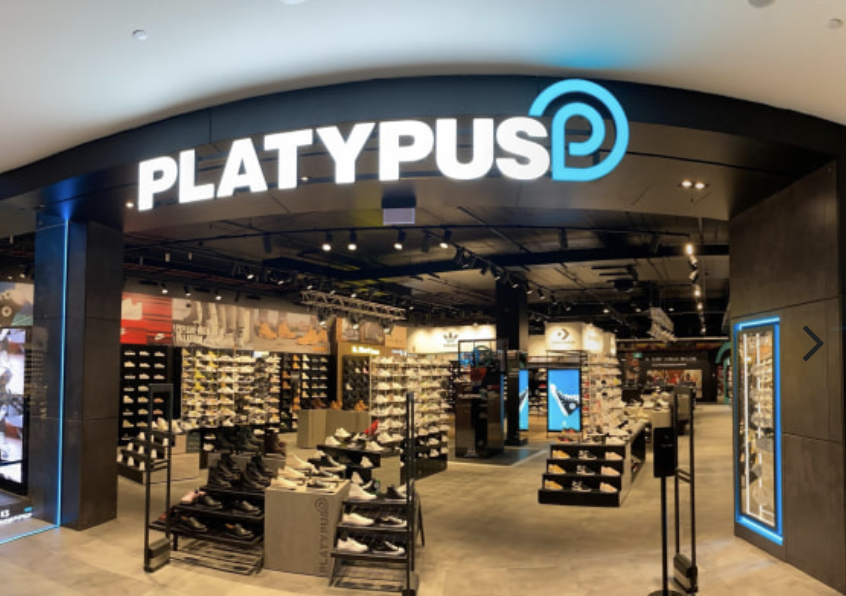
Booming demand for warehouses and logistic hubs together with a spike in housing settlements has propelled property giant Stockland back into the black with a $1.1 billion statutory profit for the pandemic-hit 2021 financial year.
That profit compared to a $21 million loss in the prior year and was bumped up by solid valuation gains across the industrial sector, and stabilisation in market conditions for the office and retail assets.
The $10.8 billion ASX-listed Stockland is a diversified company that develops, owns, manages and invests in residential - it is the country’s largest home and land developer - retirement living, office and commercial sites and malls and large retail town centres.
The funds from operation (FFO), being the metric used to measure revenue that excludes lumpy property valuation movements, fell 4 per cent to $788 million. It was in line with market expectations, but brokers warned of a mixed year ahead due to ongoing uncertainty from the global pandemic and lockdowns.
A distribution of 24.6¢ per security was declared, 2.1 per cent above 2020, representing a payout ratio of 75 per cent of FFO. It will be paid on August 31.
Underpinning the result was demand for house and land sales with net volumes up 54.2 per cent versus the 2020 year to 7,700 lots and settlement volumes up 19.8 per cent to 6,374 lots. This was boosted by low-interest rates and a move by people from inner urban to suburban communities.
Stockland’s newly appointed chief executive Tarun Gupta, who was the former chief finance director at Lendlease and replaced the retiring Mark Steinert in June, will undertake a review of the business which will see a pivot away from the traditional retail and retirement business with cash raised from asset sales to fund the development pipeline and the new land lease, manufactured homes business.
He said FFO guidance for 2022, is between 34.6-35.6¢, implying a wide range of between 4.5 per cent to 7.6 per cent growth.
“While varying levels of uncertainty with COVID-19 remain, Stockland is in a strong position to respond and adapt. Continuing residential sales momentum, a significant development pipeline and a strong balance sheet, position us well for future growth,” Mr Gupta said.
“Current market conditions remain challenging with ongoing lockdowns and community transmission of COVID-19. All forward-looking statements including 2022 financial year earnings guidance are provided on the basis that the vaccination roll out continues and COVID-19 restrictions ease towards the end of calendar 2021.”
The booming logistics business it will be boosted by the new $1.4 billion Melbourne Business Park in Truganina in the western corridor and expansion of the M_Park in Sydney’s Macquarie Park tech hub.
Stockland’s retail appears to be on a less negative trajectory, with rent collections at 97 per cent and occupancy at 99 per cent. The repositioning of the Retail Town Centre assets over the last three years has seen 75 per cent of sales now generated by essential everyday goods and services.
Mr Gupta said the recent Halcyon acquisition will drive the land lease business in the coming year. Stockland acquired Halcyon in July, and are targeting 250 settlements this year, growing to 350 settlements each year over the medium term.
Under the land lease scheme, a resident buys the house but rents the land on which it sits from Stockland, creating a more affordable entry to the booming market.
JP Morgan’s Richard Jones said it was a solid result with residential sales remaining strong in the fourth quarter with Stockland taking a large carry forward of settlements into the coming year.
“The trust performance is broadly in line and Stockland has a growing commercial development pipeline,” Mr Jones said.




